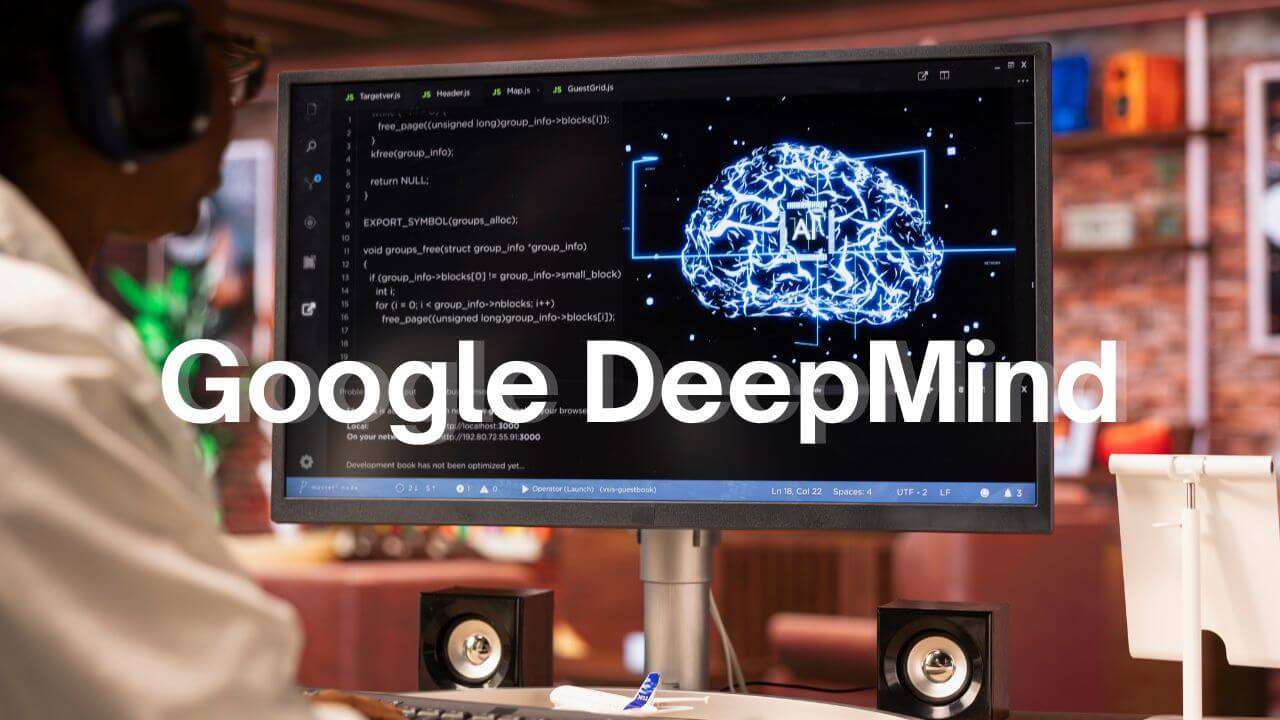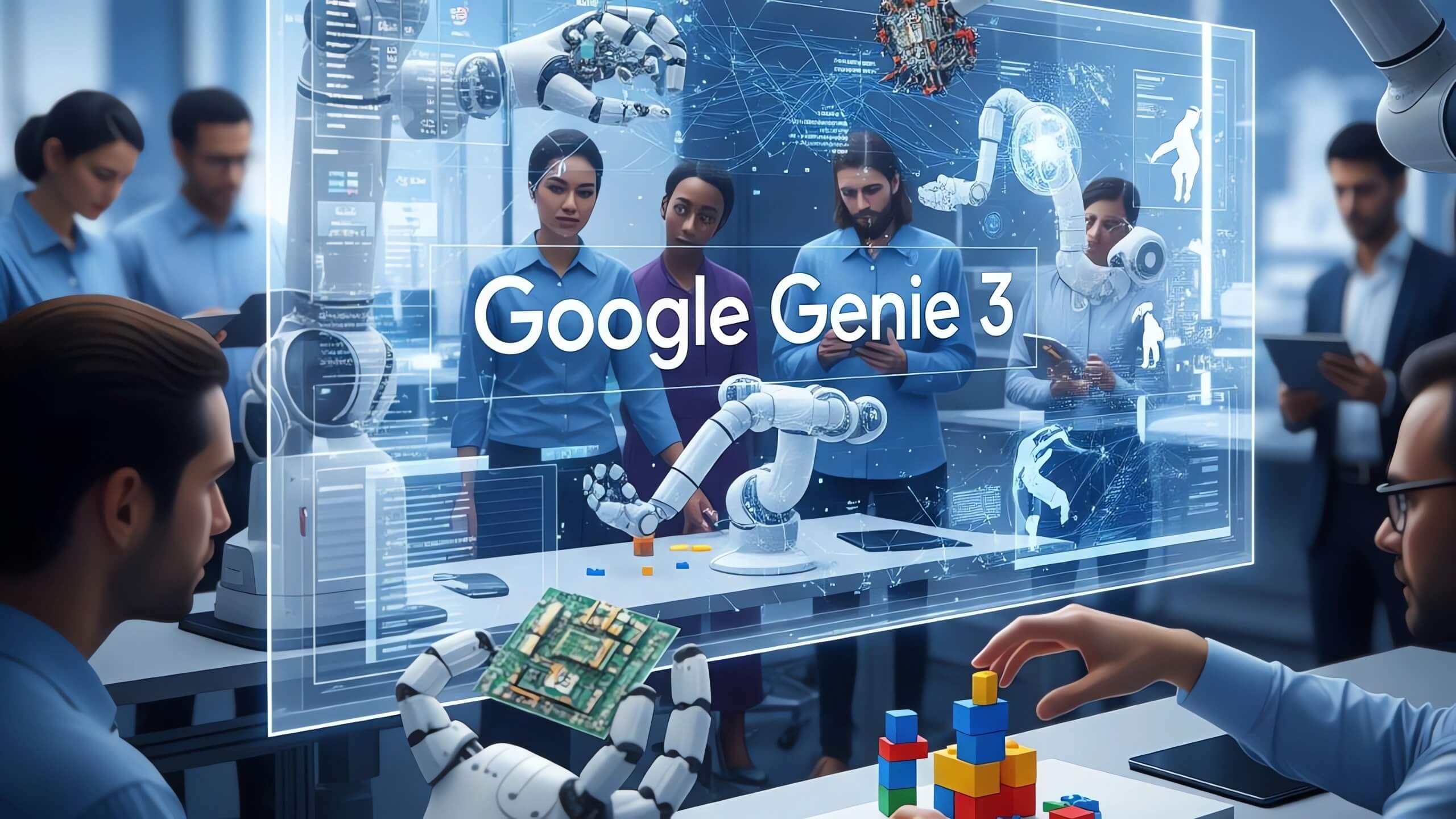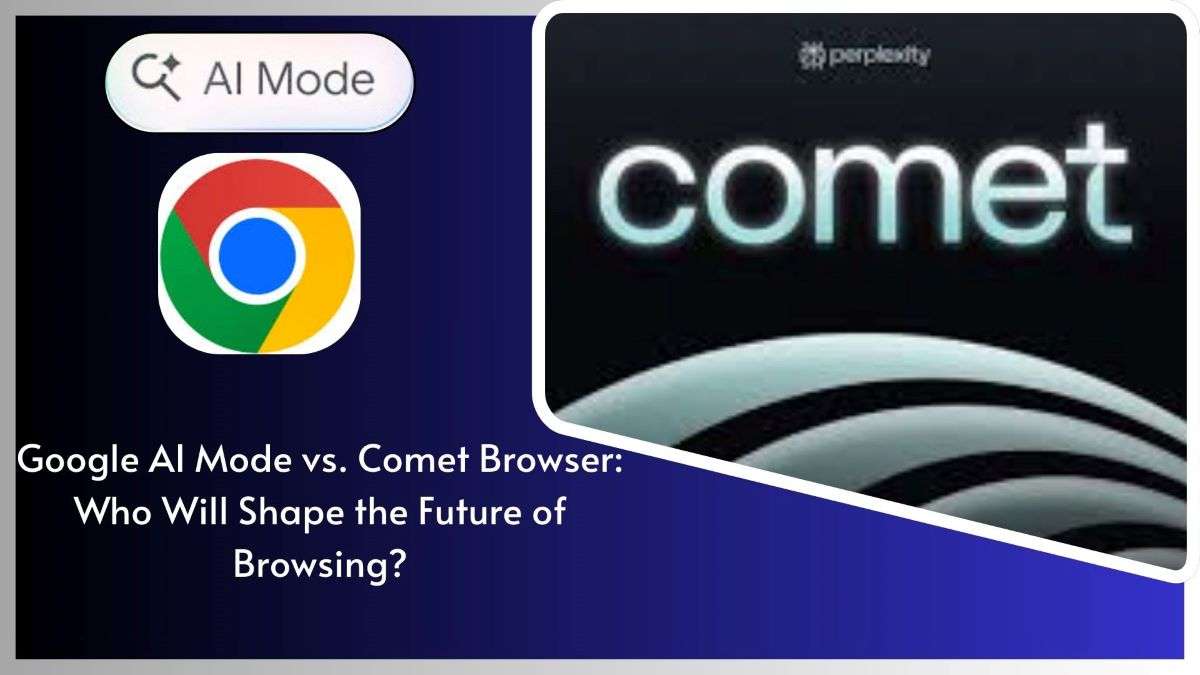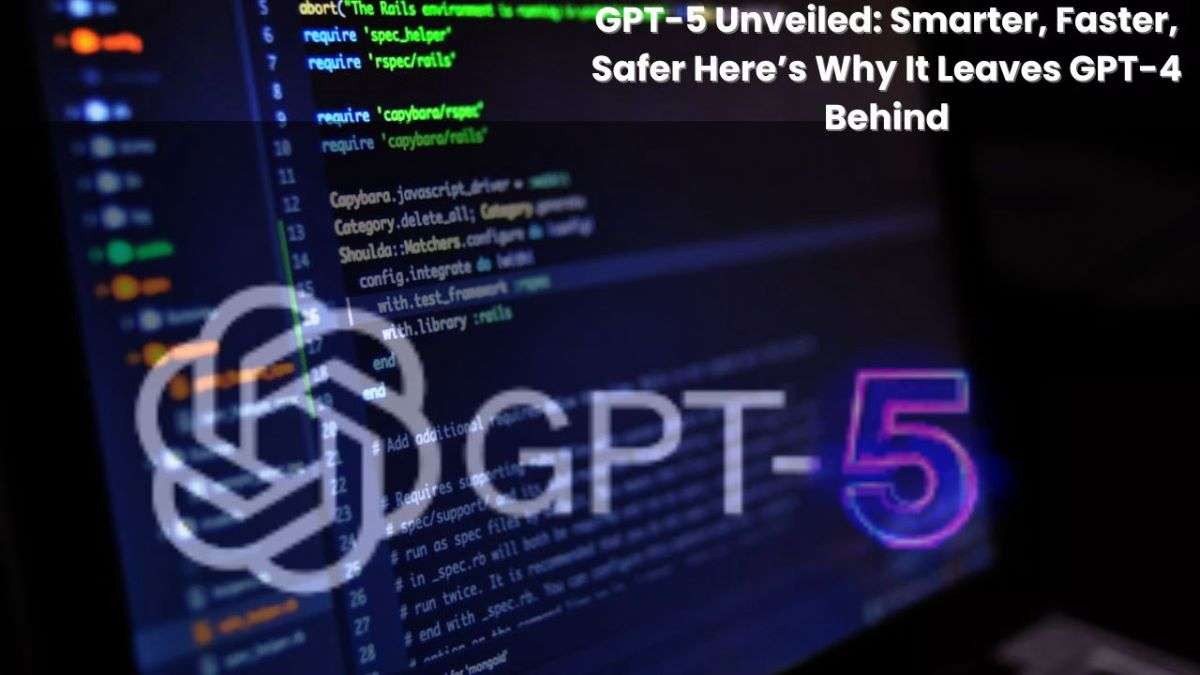Google DeepMind’s Genie 3, unveiled August 5, 2025, is a game-changer in AI, simulating lifelike virtual worlds to train robots. This leap toward artificial general intelligence (AGI) could reshape industries, from logistics to education.
Table of Contents
The Dawn of AI World Models
Google DeepMind’s latest innovation, Genie 3, is a “world model” that creates dynamic, interactive environments from text prompts. Unlike its predecessors, Genie 3 delivers real-time simulations at 720p resolution, running at 24 frames per second, with consistent worlds lasting minutes. This technology marks a pivotal step toward AGI, enabling AI to perform human-like tasks across domains.

What Makes Genie 3 Unique?
- Real-Time Interactivity: Users can navigate virtual worlds, like warehouses or ski slopes, with responsive controls.
- Promptable World Events: Text inputs can alter environments, e.g., adding a herd of deer to a simulation.
- Consistency Over Time: Maintains environmental coherence for up to a minute, a leap from Genie 2’s capabilities.
- Training Powerhouse: Simulates realistic physics, enabling robots to practice complex tasks safely.
Why This Matters: Practical Impact
Genie 3’s ability to simulate environments like warehouses could revolutionize robotics training. Robots can now learn in virtual settings with realistic physics, reducing costs and risks associated with real-world training. Beyond robotics, Genie 3 opens doors for education, where students can explore historical settings or practice skills in safe, simulated spaces. For instance, autonomous vehicles could train in virtual cities, adapting to dynamic scenarios like sudden weather changes.
Prof. Subramanian Ramamoorthy from the University of Edinburgh emphasizes, “World models are extremely important for robot development. To achieve flexible decision-making, robots need to anticipate the consequences of different actions to choose the best one to execute in the physical world.”
Andrew Rogoyski from the University of Surrey adds, “If you give a disembodied AI the ability to be embodied, albeit virtually, then the AI can explore the world and grow in capabilities as a result.” This suggests Genie 3 could enhance not just robotics but also large language models like those powering ChatGPT.
Source: The Guardian, August 5, 2025
The Race to AGI Heats Up
Google’s announcement comes as competitors like OpenAI, led by Sam Altman, tease advancements like GPT-5. Nvidia’s Cosmos and Fei-Fei Li’s World Labs are also pursuing world models, signaling a fierce race toward AGI. Google’s collaboration with robotics firms like Apptronik and Boston Dynamics underscores its commitment to leading this space.
Industry Applications
- Logistics: Robots trained in virtual warehouses can optimize supply chain operations.
- Education: Immersive simulations for learning complex subjects or historical exploration.
- Gaming and Media: Real-time, interactive worlds for video games and films.
- Autonomous Vehicles: Safer training for self-driving cars in dynamic virtual environments.
Challenges and Limitations
Despite its promise, Genie 3 has hurdles to overcome:
- Limited Action Space: Agents have restricted direct actions, relying on text prompts for major changes.
- Multi-Agent Interactions: Simulating complex interactions between multiple agents remains a challenge.
- Geographic Accuracy: Real-world location simulations lack precision.
- Interaction Duration: Limited to a few minutes of continuous interaction.
Dr. Kanishka Rao, a Google DeepMind robotics researcher, notes, “Once the robot model has general concept understanding, it becomes much more general and useful.” This highlights the need for further refinement to unlock Genie 3’s full potential.
Google’s Responsible Approach
Google DeepMind is taking a cautious stance, releasing Genie 3 as a limited research preview for academics and creators. This allows feedback to address safety and ethical concerns, such as unintended biases in simulations or risks from real-time interactivity. The company’s Responsible Development & Innovation Team is actively involved to mitigate these challenges.
What’s Next for Genie 3?
Google plans to expand access to testers, aiming to refine Genie 3 for broader applications. As the technology matures, it could redefine how AI agents learn and interact, pushing us closer to AGI. The focus on responsible development ensures that ethical considerations keep pace with innovation.
FAQ
What is Genie 3?
Genie 3 is Google DeepMind’s AI world model that creates interactive, real-time virtual environments for training robots and AI agents.
How does it help robotics?
It simulates realistic environments like warehouses, allowing robots to practice tasks safely and efficiently.
Is Genie 3 available to the public?
No, it’s currently in a limited research preview for select academics and creators.
How does it compare to competitors?
Genie 3 competes with Nvidia’s Cosmos and World Labs, focusing on real-time interactivity and AGI development.
What are its limitations?
It struggles with multi-agent interactions, geographic accuracy, and extended interaction durations.
Conclusion
Google DeepMind’s Genie 3 is a bold step toward AGI, transforming how robots and AI agents learn through lifelike simulations. While challenges remain, its potential to revolutionize industries like logistics, education, and gaming is undeniable. Share this breakthrough to spark discussions on AI’s future





